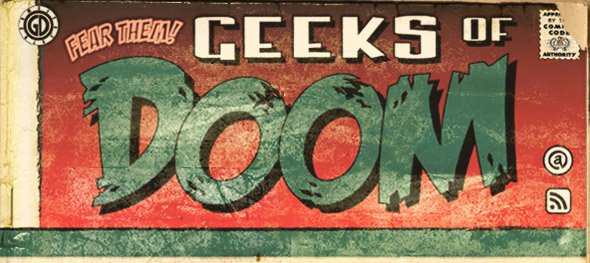
 Zombie CSU: The Forensics of the Living Dead
Zombie CSU: The Forensics of the Living Dead
Paperback
Written by Jonathan Maberry
Citadel Press
Release date: September 1, 2008
It’s a good time to be a zombie, or at least a lover of all things zombie-related. Max Brooks recently had two best sellers about the undead hordes, The Zombie Survival Guide (a sort of “worst case scenario” book for dealing with the ghoulish undead) and World War Z (an oral history of the coming war against the zombie hordes.) Call To Duty: World At War had a special game play mode after the credits rolled, where suddenly you have to fight your way through hordes of carnivorous Nazi undead in order to extend your miserable life. Zombies from the Third Reich also appear in Dead Snow, a selection at the 2009 Sundance Film Festival in which a group of Scandinavian kids who accidentally awaken Wehrmacht and SS zombie hordes in the Nordic snow. We will even soon be treated to Pride and Prejudice and Zombies, a classic Regency zombie romance re-write of a Jane Austen classic by Seth Grahame-Smith.
To all this zombie gold, we must add Zombie CSU: The Forensics of the Living Dead by Jonathan Maberry. Taking something of an opposite tack from Max Brooks’ work, Maberry starts by asking “What would a real zombie outbreak look like?” and then goes to find answers from real pathologists and criminologists who are interested in the subject. Along the way, he provides frequent little detours into zombie-related subjects like the roots of the modern zombie phenomenon, lists of key zombie films, differences between zombie film genres, the zombie in art and illustration, and quotes from fellow zombie-philes in the arts and sciences.
During the course of his examination, he breaks down the central assumption of the standard zombie tale: that the undead hordes would spread so quickly and silently that society would be under serious threat. Not so, Mr. Maberry and his fellow experts suggest. Cops, crime scene investigators, and epidemiologists are skilled professionals, capable of recognizing the budding zombie threat and dealing with it before the basic structure of society is at risk. The process for turning the living into the undead is one that must take time, and must leave behind empirical clues, even if the exact nature of the process is not immediately understood. So be it bacteria, virus, or prion, it should be possible to see how the zombie pathogen spreads, even if we can’t put that pathogen on a slide and study it in a lab. Once the zombie threat is discovered and isolated, plenty of firearms exist that can put the dead back down… for good this time.
Viewed a certain way, this book is a zombie tour-de-force. It is full of all sorts of cultural zombie references, ranging from discussions of Haitian zombie juju to zombie toys to zombie books, and the full spectrum of zombie films (including zombie porn.) In a very complementary way, it also contains some fascinating reading material that brings a sense of seriousness and reality to a subject that really hasn’t been examined in a dispassionate, clinical light. That is a good and interesting thing. It’s nice to know that civilization might be able to survive when faced with the undead hordes. It also underlines the fact that zombie film grandaddy/grandmaster George Romero has really been right all along: zombies only win when living human enclaves (and therefore society in general) fail to deal with inequalities in race, gender, and economic class. It is an enjoyable read, with plenty of information for both the newbie and the hardcore fan.
At the same time, I think Zombie CSU misses the point. We are not familiar with our dead — child mortality is low, and immunization and antibiotics have done much (for the moment) to limit mass outbreaks of disease. Funerals are exceptions more than the rule. We’ve turned vampires, one of our more ancient metaphors for death, disease, and decay (see the silent film Nosferatu, for example) into a bunch of misunderstood neo-gothic poets and romantics who make tween girls and their mothers swoon (see the Twilight novels of Stephenie Meyer.) The zombie cuts through all that. It represents the unreasoned fear of plague and death — something that is so terrifying simply because it cannot be understood. A book like Zombie CSU detracts from this central purpose (and some would say, pleasure) because it distracts us from being scared.






No Comments »
No comments yet.
RSS feed for comments on this post. TrackBack URL
Leave a comment